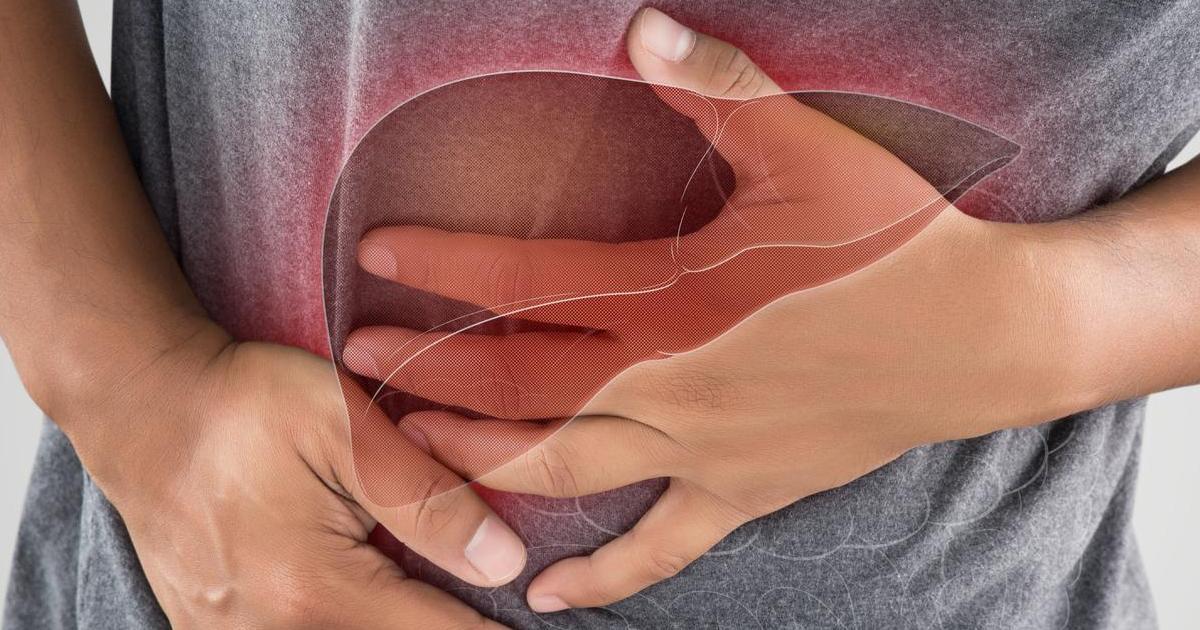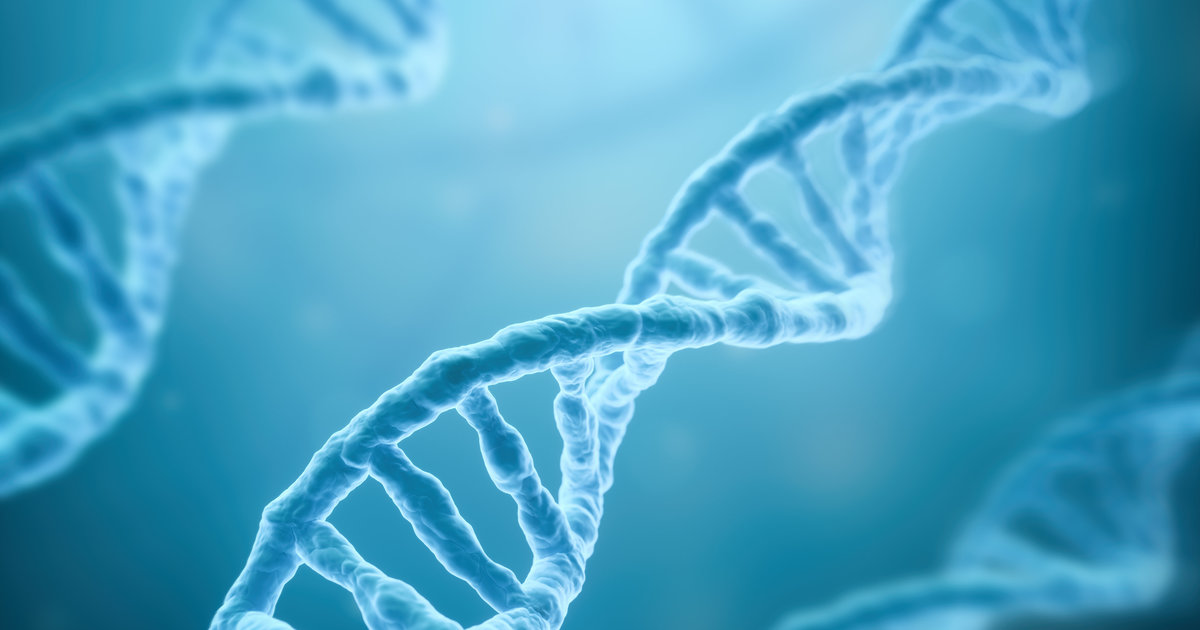Causes, Risk Factors, And Complications Of Primary Biliary Cholangitis
Primary biliary cholangitis is considered an autoimmune condition in which the bile ducts in the liver are destroyed. The liver supplies the small intestines with bile through these ducts to aid in the breakdown of fats and fat-soluble vitamins. With damaged ducts, the bile collects in the liver causing the development of scar tissue. Symptoms include abdominal swelling, skin darkening, jaundice, edema, and bleeding in the stomach. Pain in the abdomen, bones, joints, and muscles is common. This disease progresses slowly, and there is no cure. This condition can lead to cholestasis and end-stage liver disease. Treatments can assist in slowing down the progression of primary biliary cholangitis, but ultimately a patient will require a liver transplant.
Uncover the causes, risk factors, and complications of primary biliary cholangitis now.
Autoimmune Condition

As an autoimmune disease, primary biliary cholangitis is thought to be caused by the immune system mistaking healthy tissues for foreign invaders. Many individuals affected by this disease also have another autoimmune disease. In this case, the immune system attacks the lining of the bile ducts, slowly destroying them. When the immune system’s white blood cells pool in the liver, it becomes inflamed. The inflammation then spreads throughout the liver, causing scar tissue to develop. This is called cirrhosis, and it prevents the liver from functioning properly. Because autoimmune conditions are the body essentially attacking itself, primary biliary cholangitis can be hard to treat. Liver transplants can prolong the life of an individual with the disease, but primary biliary cholangitis can sometimes return to the donated liver.
Reveal another contributing cause of this condition now.
Genetics And Family History

Though no defective gene mutation has been found to correlate with primary biliary cholangitis, it is more likely to occur in those with similar genetics and family history. If a sibling has been affected by primary biliary cholangitis, it is very common for another sibling to acquire it. If one identical twin has this condition, the other twin is extremely likely to have it as well. This correlation is not as strong with fraternal twins and regular siblings. Without definitive evidence of hereditary causes, scientists believe primary biliary cholangitis could be caused by a combination of genetics, epigenetics, and environmental factors. Epigenetics includes mutations that may happen on a molecular level without noticeably altering DNA.
Reveal more about primary biliary cholangitis causes and risk factors now.
